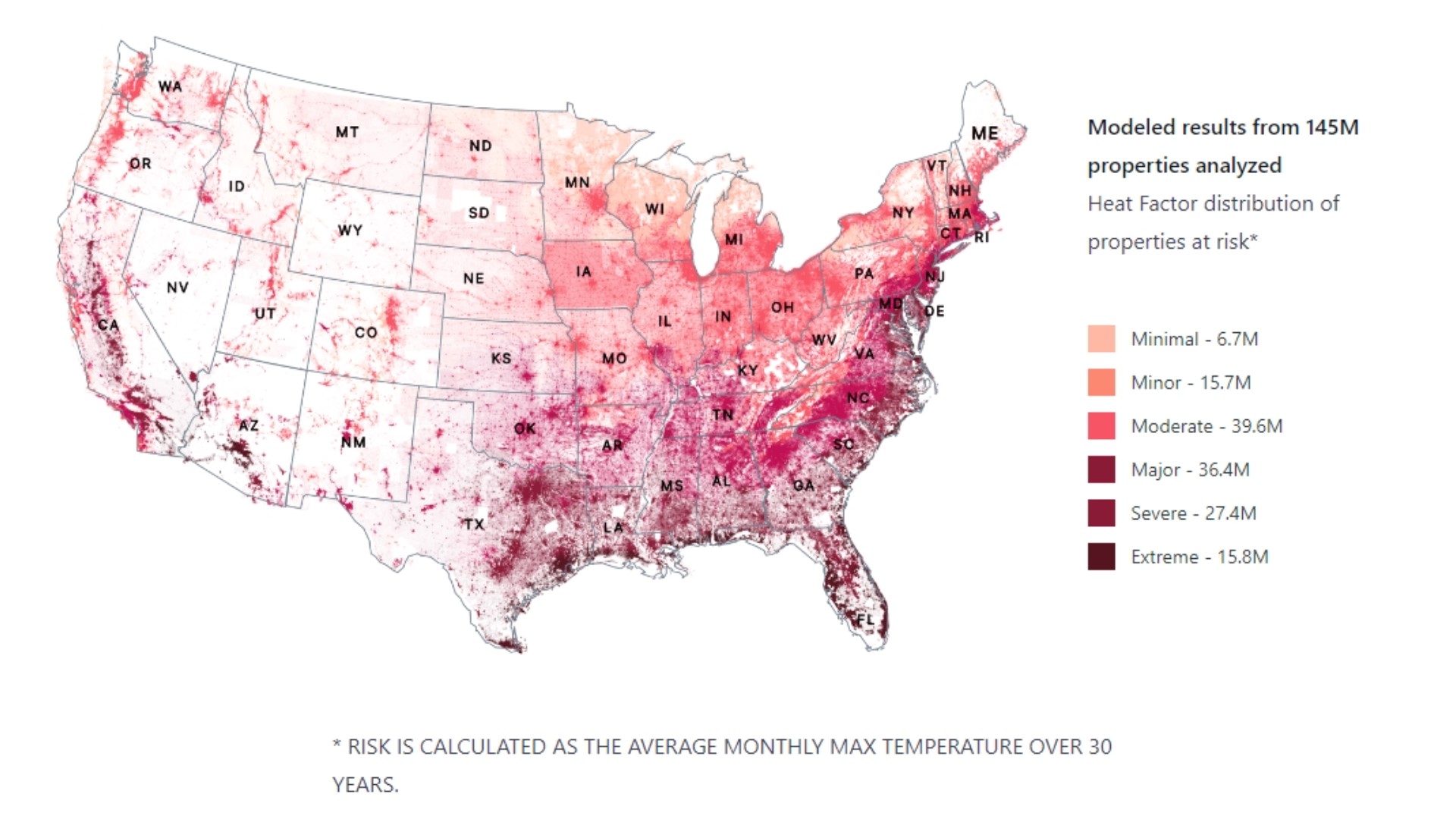SEATTLE — An online tool by the nonprofit First Street Foundation aims to identify areas where there is a high risk of extreme heat, flooding or wildfires based on current climate modeling. The tool allows users to enter an address, zip code, county or city and see the expected climate impact.
Methodology for the Extreme Heat Model is based on information on local tree canopy and land cover and datasets from the US Geological Service and the National Oceanic Atmospheric Association.
The First Street Foundation Wildfire Model uses data from the United States Forest Service to identify vegetation that could be considered fuel, incorporates homes as potential fuel, and considers past weather patterns and environmental changes.
The First Street Foundation Flood Model shows any U.S. location’s risk of flooding from rain, rivers, tides and storm surge. It provides Federal Emergency Management Agency (FEMA) flood zone information for properties, as well as analyses of neighborhoods, zip codes, cities, counties and states.
You can access the tool here.
There are now a variety of tools people can use to gain insight into risks in their neighborhoods. KING 5 Meteorologist Rich Marriott said over the years, modeling tools have gotten more specific, including the data on the predicted impacts of climate change.
"Twenty years ago, thirty years ago, our climate models were really rough," Marriott said. "Now we can take what used to be broad, global models and we can run them down smaller and smaller so you can, in the state of Washington, see a difference between, say, Whidbey Island or Spanaway."
Marriott says a place's location in relation to Puget Sound plays a significant role in heat levels and future changes will be variations on a theme.
"It's going to be warmer everywhere but some places are going to be warmer than other places, just like they are now," Marriott said. "If you have someplace like Whidbey Island is a good example, temperatures in places there could be 20 degrees cooler than Seattle."

